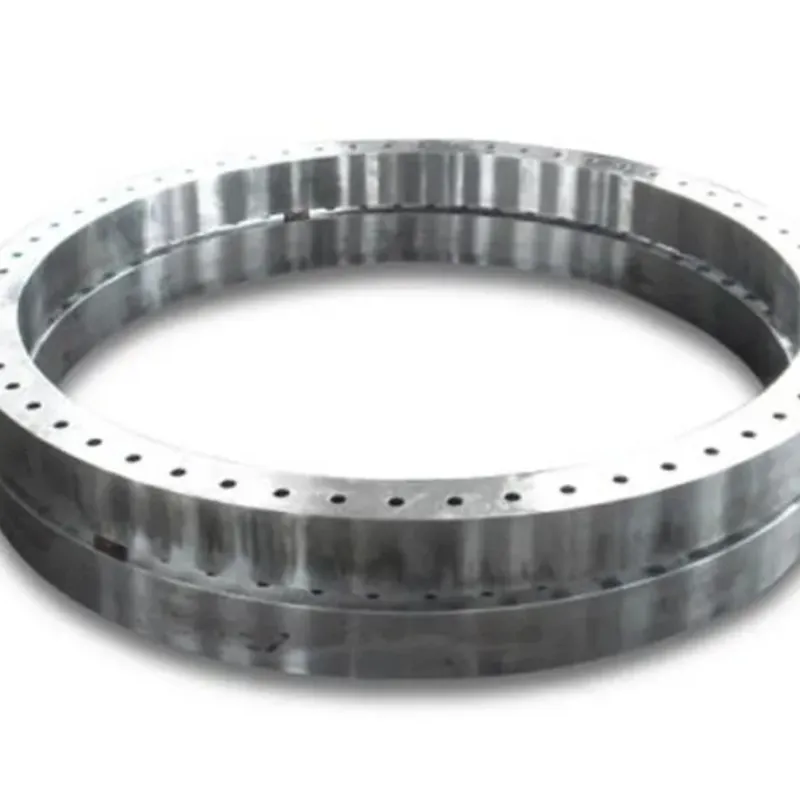-
Cangzhou Yulong Steel Co., Ltd.
-
Phone:
+86 13303177267 -
Email:
admin@ylsteelfittings.com
- English
- Arabic
- Italian
- Spanish
- Portuguese
- German
- kazakh
- Persian
- Greek
- French
- Russian
- Polish
- Thai
- Indonesian
- Vietnamese
- Zulu
- Korean
- Uzbek
- Hindi
- Serbian
- Malay
- Ukrainian
- Gujarati
- Haitian Creole
- hausa
- hawaiian
- Hebrew
- Miao
- Hungarian
- Icelandic
- igbo
- irish
- Japanese
- Javanese
- Kannada
- Khmer
- Rwandese
- Afrikaans
- Albanian
- Amharic
- Armenian
- Azerbaijani
- Basque
- Belarusian
- Bengali
- Bosnian
- Bulgarian
- Catalan
- Cebuano
- China
- China (Taiwan)
- Corsican
- Croatian
- Czech
- Danish
- Esperanto
- Estonian
- Finnish
- Frisian
- Galician
- Georgian
- Kurdish
- Kyrgyz
- Lao
- Latin
- Latvian
- Lithuanian
- Luxembourgish
- Macedonian
- Malgashi
- Malayalam
- Maltese
- Maori
- Marathi
- Mongolian
- Myanmar
- Nepali
- Norwegian
- Norwegian
- Occitan
- Pashto
- Dutch
- Punjabi
- Romanian
- Samoan
- Scottish Gaelic
- Sesotho
- Shona
- Sindhi
- Sinhala
- Slovak
- Slovenian
- Somali
- Sundanese
- Swahili
- Swedish
- Tagalog
- Tajik
- Tamil
- Tatar
- Telugu
- Turkish
- Turkmen
- Urdu
- Uighur
- Welsh
- Bantu
- Yiddish
- Yoruba

Oct . 19, 2024 07:56 Back to list
Seamless Pipe Welding Techniques for Efficient and Reliable Joint Formation
Seamless Pipe Welding An Overview
Seamless pipe welding is a critical process in various industries, notably in oil and gas, construction, and manufacturing. Unlike welded pipes, seamless pipes are manufactured from a solid round steel billet, which is heated and pushed or pulled over a form until the pipe is shaped. This manufacturing process eliminates the need for a seam, providing several advantages, particularly in high-pressure applications.
The Importance of Seamless Pipes
Seamless pipes are prominent due to their inherent strength and durability. The absence of a weld seam means that there are no weak points in the pipe, allowing it to withstand high pressure and temperature fluctuations more effectively than welded counterparts. This makes seamless pipes particularly appealing in industries that demand robust performance, such as in the transportation of hydrocarbons and high-thickness structures.
Additionally, seamless pipes exhibit better performance in applications involving corrosive environments. For example, in the oil and gas sector, where pipes are often exposed to harsh chemicals and high pressures, seamless pipes offer enhanced resistance to potential leaks and failures.
Welding Techniques for Seamless Pipes
Welding seamless pipes requires specialized techniques to maintain the integrity and performance of the material
. Various welding methods can be employed, each with its own advantages and applications1. TIG (Tungsten Inert Gas) Welding This technique is favored for its precision and ability to produce high-quality welds. TIG welding uses a non-consumable tungsten electrode to produce the weld. The process is ideal for thin-wall pipes and materials that require a clean weld, such as stainless steel and titanium.
2. MIG (Metal Inert Gas) Welding MIG welding is an efficient process that uses a continuous wire feed as an electrode. This method is advantageous for its speed, making it suitable for larger diameter pipes or heavy wall sections. It allows for larger volumes of work to be completed swiftly and is often used in construction.
seamless pipe welding

3. Submerged Arc Welding (SAW) This method is employed for welding thick-walled seamless pipes. The welding arc is submerged under a blanket of granular flux, protecting the weld zone from contamination. This results in deep penetration, fewer defects, and a strong joint, making SAW a preferred choice in heavy industrial applications.
4. Electroslag Welding (ESW) A highly effective technique for welding thick sections, ESW allows for welding in a vertical position and is often utilized in the fabrication of large pipes. This method results in a high deposition rate and is suitable for heavy-duty applications.
Quality Control in Seamless Pipe Welding
Quality control is paramount in seamless pipe welding to ensure the integrity of the finished product. Several inspection methods are utilized to identify defects
- Non-Destructive Testing (NDT) Techniques such as ultrasonic testing and radiography are employed to detect internal and surface defects without damaging the pipe. These methods help ensure that the welded joints are free from flaws that could lead to failures.
- Visual Inspection Qualified personnel conduct thorough visual inspections to identify surface imperfections, misalignments, or other physical damage that may compromise the integrity of the weld.
- Certifications and Standards Adherence to industry standards such as ASME, API, and ISO is essential. These certifications provide guidelines for the materials, processes, and outcomes necessary for safe and reliable pipe welding.
Conclusion
Seamless pipe welding is an essential component in ensuring the reliability and longevity of infrastructure across numerous sectors. With its numerous advantages, including strength, resistance to pressure and temperature fluctuations, and lower risk of leaks, seamless pipes continue to be the material of choice for critical applications. As welding technology advances, the methods and processes involved in seamless pipe welding are also evolving, leading to improved quality and efficiency. In an era where safety and durability are paramount, seamless pipe welding remains an integral part of modern construction and manufacturing practices.
Latest news
-
ANSI 150P SS304 SO FLANGE
NewsFeb.14,2025
-
ASTM A333GR6 STEEL PIPE
NewsJan.20,2025
-
ANSI B16.5 WELDING NECK FLANGE
NewsJan.15,2026
-
ANSI B16.5 SLIP-ON FLANGE
NewsApr.19,2024
-
SABS 1123 FLANGE
NewsJan.15,2025
-
DIN86044 PLATE FLANGE
NewsApr.19,2024
-
DIN2527 BLIND FLANGE
NewsApr.12,2024
-
JIS B2311 Butt-Welding Fittings LR/SR 45°/90° /180°Seamless/Weld
NewsApr.23,2024











